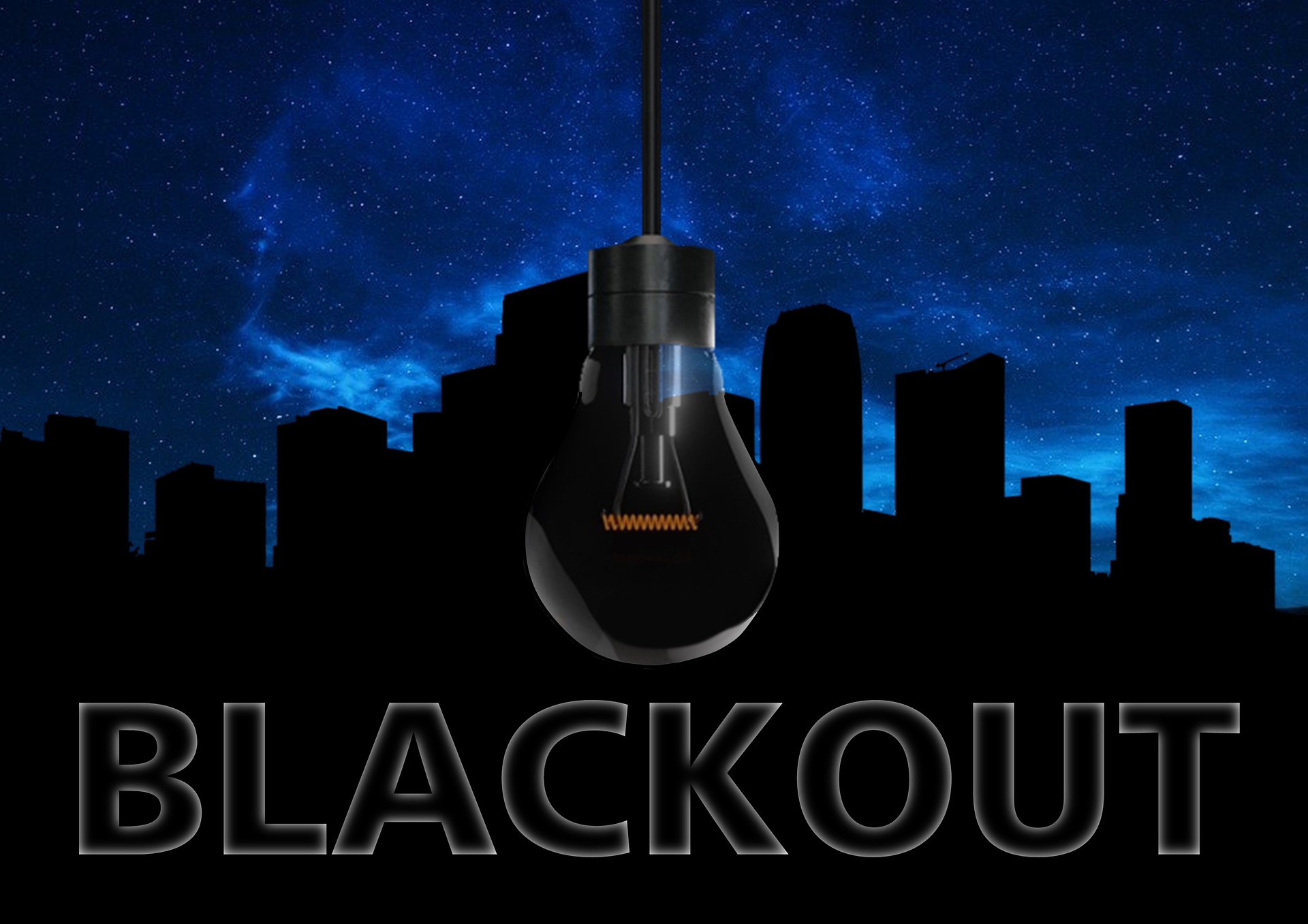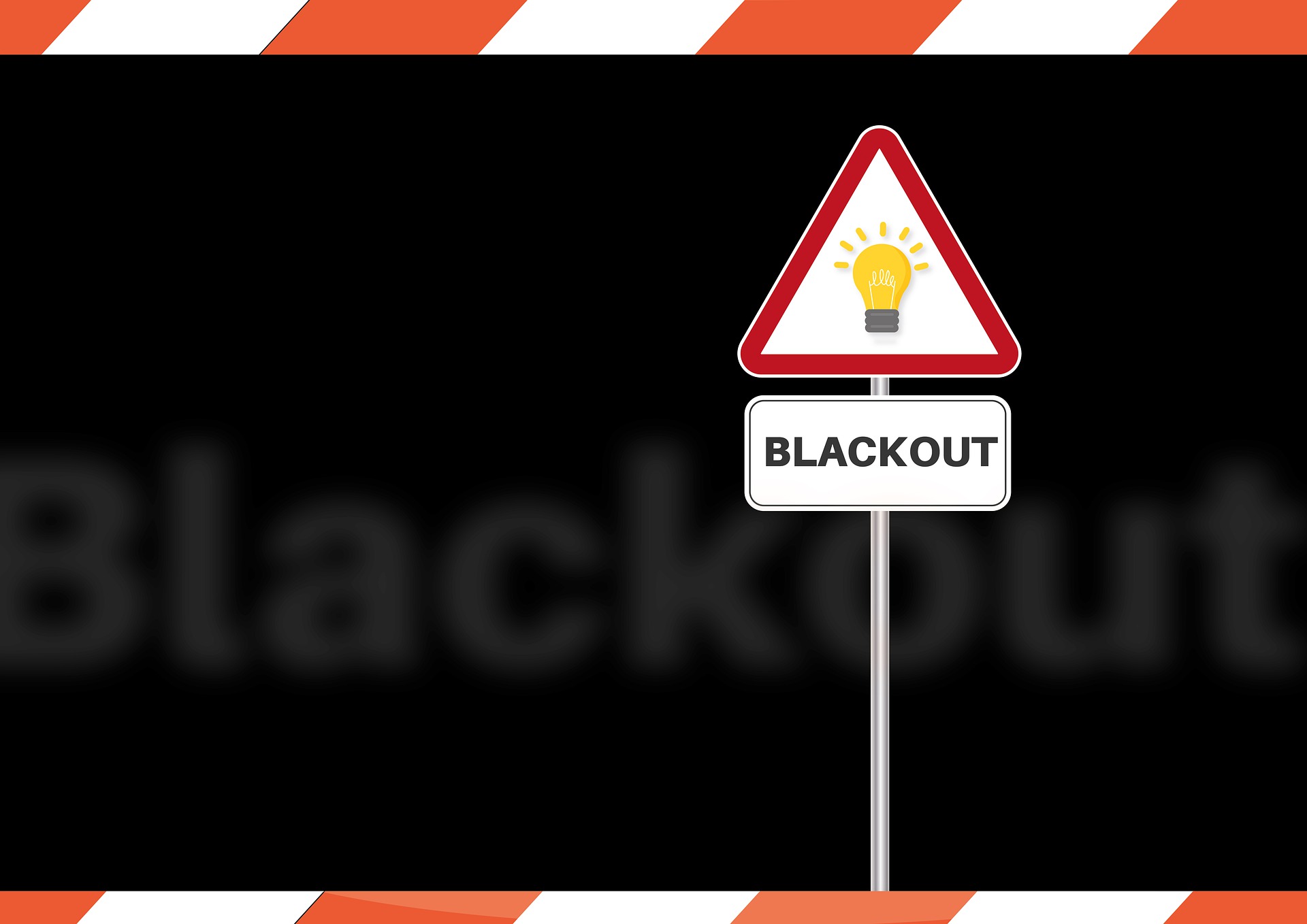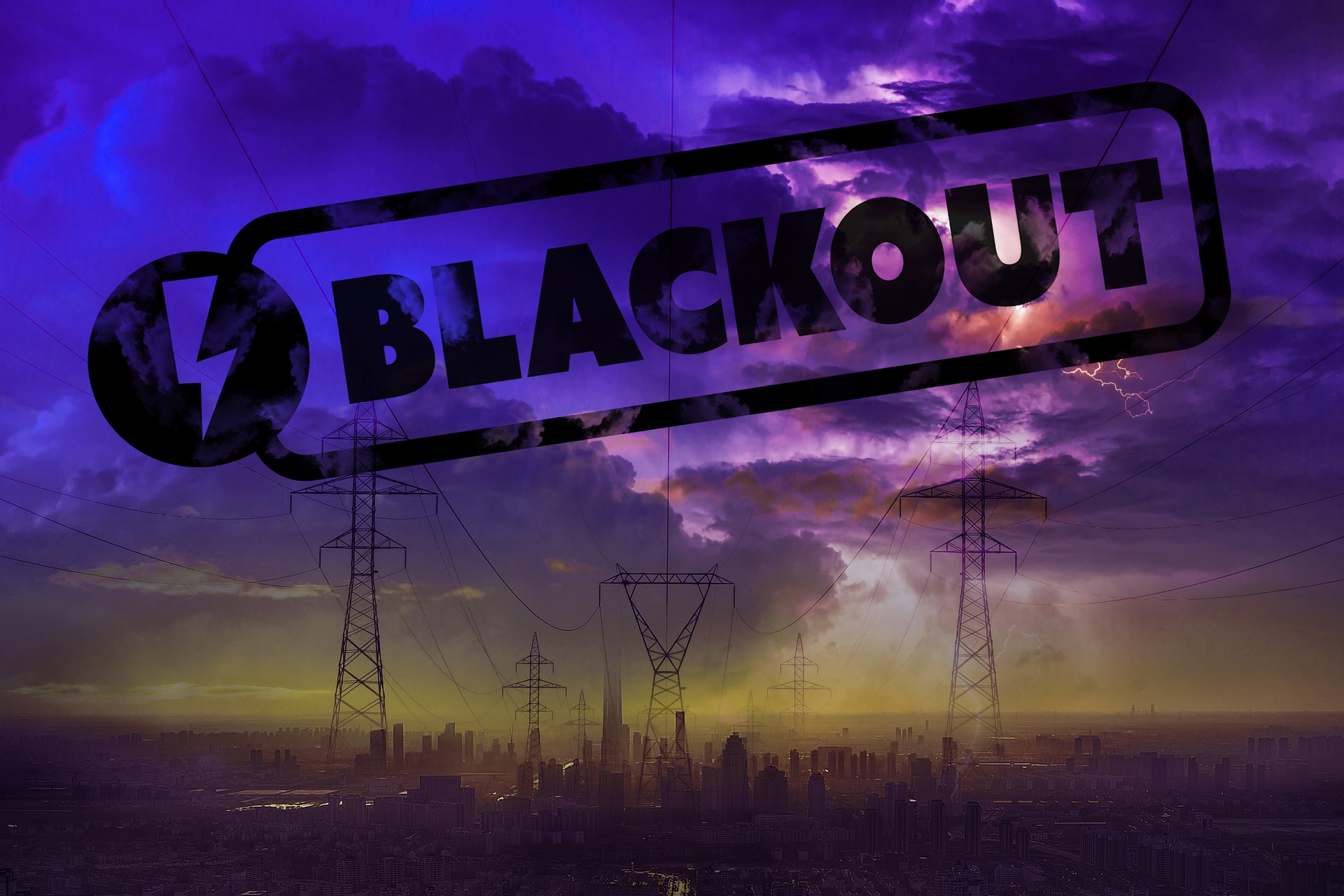
Many experts warn there is an increased risk of a grid collapse in South Africa, and insurance companies are now excluding all damages related to a total blackout.
The risk of a total blackout remains low as long as Eskom continues using load-shedding to artificially reduce demand and ensure it does not exceed supply.
South Africa’s electricity grid is designed to automatically shut down if demand exceeds supply for safety reasons and to ensure the grid can be restarted.
However, despite this safeguard, many business leaders have warned that a total blackout is not out of the question.
Political analyst JP Landman said Eskom’s decision to shrink the generation reserve margin to reduce the level of load-shedding is very dangerous as it increases the risk of a total blackout.
Landman had particular concerns that load-shedding is being reduced for political reasons and not due to improved performance.
He explained that a reduction in load-shedding may be due to Eskom reducing the generation reserve margin.
This margin creates a buffer between electricity demand and supply to ensure the grid does not automatically shut down.
Normally this buffer sits at 15%, but recent reports suggest it could have been reduced to as little as 6% to reduce load-shedding.
This is very concerning for Landman as it puts South Africa at risk of a total blackout. “Give me stage 15, stage 16 load-shedding rather than a national blackout,” he said.

Nedbank chief economist Nicky Weimar said South Africans should “watch this space” as the country is sailing close to the edge regarding a total grid collapse.
She added that South Africa narrowly avoided a total blackout in February, which shows the risk of toying with established standards.
A US government energy expert has also advised stakeholders in South Africa to start thinking about their disaster management plans.
They said that although a blackout remains unlikely, the risk has increased due to how unreliable Eskom’s coal fleet has become.

Preparing for a total blackout
Despite the low risk of a blackout, businesses are advised to prepare for it because of the devastating consequences if it happens.
GIB Insurance Brokers warned that a blackout would likely result in a catastrophic event with possible looting and civil unrest, which could lead to severe infrastructure damage across the country.
Many businesses have already put plans in place to minimise the impact of a total grid collapse should it occur.
The JSE has created backup systems to ensure that trades can still be placed during a total blackout and ensure investors retain custody of their investments.
Standard Bank has partnered with local industry, the South African Reserve Bank (SARB), and the broader authorities to prepare for this scenario.

Standard Bank CEO Sim Tshabalala said a total grid collapse is a possible scenario with a low probability.
However, because of the enormous impact of such an event, they have plans and understand what needs to be done when a total grid collapse occurs.
Through the Financial Sector Contingency Forum (FSCF), the South African Reserve Bank said it was preparing contingencies for a national grid failure.
“As part of these preparations, the FSCF has been in regular contact with Eskom, the petroleum industry and the telecommunications industry,” the SARB said.
Many other South African telecommunications, retail, mining and financial services companies have also said they have been preparing for a total grid collapse.
As part of their total blackout preparations, MTN has set up “war rooms” to ensure critical sites remain operational, and the JSE stocked up on diesel to run its operations for seven days.

Insurance companies won’t cover a total blackout
The biggest sign of the increased risk of a total blackout comes from insurance companies that will not provide cover for a total grid collapse.
Numerous South African insurance providers are now excluding damages related to a blackout in South Africa.
GIB sales operation consultant Guy Jameson says insurance companies have no choice but to view a total grid failure as an uninsurable risk.
“This decision has arisen as reinsurers have indicated they would not provide coverage in the event of a total grid failure,” Jameson said.
“This effectively leaves insurance companies with no option but to consider grid failure as an uninsurable risk.”
The South African Special Risk Insurance Association (Sasria) also said it would no longer be liable for any payouts in the event of a total grid failure.
This is telling as the insurer covers unique risks like terrorism, riots, and public disorders, like the July 2021 unrest in KwaZulu-Natal and Gauteng.
In March, Outsurance added grid collapse exclusions to their policies, removing cover for any loss, damage or liability caused by an Eskom blackout.
It has joined the likes of Hollard, Momentum Insure, Naked Insurance, and Santam, which also excluded covering a grid collapse.
Outsurance attributed the change to a need to review its cover in light of the higher risk of a blackout happening.
“The increased levels of load shedding over the last year, with the possibility of an electricity grid failure, has required a review of our cover,” it said in a notice sent to its customers.
Like Outsurace, Hollard spokesperson Warwick Bloom said that while the potential for a total grid failure remains remote, it is now a “possibility”.
Photos by Pixabay
Article featured in dailyinvestor
Link to original article:
https://dailyinvestor.com/energy/16332/total-blackout-warning-to-south-africans/?utm_source=everlytic&utm_medium=newsletter&utm_campaign=businesstech